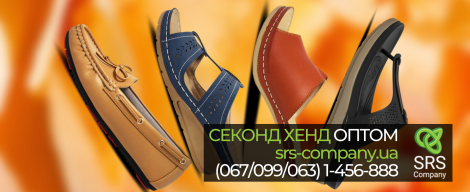 />
/>
In the Renaissance, shoes were made of leather, velvet, silk and wool fabric in different colors. They wore boots made of leather, velvet, silk and wool fabric of various colors. Their socks, according to the then fashion, were decorated with cuts through which a lining of fabric or leather of a different color was visible.
The 15th century brought fashionistas noticeable relief: the shoes became shorter and wider and looked like "cow muzzles." With the increase and expansion of the front of the pair, the back narrowed and decreased, and already in the 20s of the XVI century the shoes became so small that they barely kept on their feet and therefore were fastened with ties on the rise. To make them look more elegant, shoe makers came up with nailed wooden heels to them. Prim Europe did not allow women to “fashion”, so women's shoes of that time were not remarkable. It was indecent ladies to show even socks of shoes.
In the second half of the XVI century. shoes have become more elegant. Boots made of soft leather or suede were used. Their shafts were made so long that they reached the top of the hips. Only men wore boots and, as a rule, only for riding or hunting.
In the Baroque era heels and bows on shoes came into fashion. At the balls, even men had to appear in shoes decorated with huge ribbon bows. But in all other cases of life, they preferred over-boots — tall boots with square toes, the shafts of which ended in wide bells. They were usually lowered to the level of the knees and worn along with canons - peculiar gaiters and trimmed with fine lace at the top.
During this period, another significant event for the development of shoe business happened: ladies' skirts became much shorter and more playful. The coarse shoes with thick heels were replaced by elegant, light slippers of velvet, silk and brocade. And if earlier, when the shoes hid a long dress, the height of the soles of the shoes was moderate, then over time they began to be made higher. Shoes trimmed with embroidery and other jewelry were eagerly flaunted.
During the reign of Louis XIV, the height of the soles and heels reached their limit. Being not tall, he introduced fashion high heels to appear taller. For a long time, high heels of red color entered the everyday life of court cavaliers. At the balls, even men had to appear in shoes decorated with huge ribbon bows. But in all other cases of life, they preferred over-boots — tall boots with square toes, the shafts of which ended in wide sockets. They were usually lowered to the level of the knees and worn along with the canons - a kind of gaiters trimmed with thin lace. Spurs were always attached to the boots, even if they walked (and even if they had no horses at all). Commoners in the villages wore wooden shoes - clogs, or walked barefoot.
Initially, heeled shoes were men's and they were used during riding. The heel held the foot in a stirrup. Ladies wore elegant, light slippers of velvet, silk and brocade at that time.
During the reign of “Rococo”, pointed shoes and boots come into fashion again, the value of jewelry and decor will increase even more - especially buckles, laces and bows on high heights.
It is hard to believe, but until the 19th century there was no left and right boot - the shoes were sewn the same. And only then they came up with different boots to sew - for the left and right legs.
Over the centuries, leather has won its place, pushing fabric shoes aside: people realized that this material is much practical and durable.
In the nineteenth century, women's leather boots with lacing and a fastener came into fashion. The most fashionable model of that time - low shoes with fur trim on a heel- "shot glass" of medium height and shoes without backs ....



